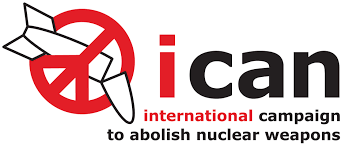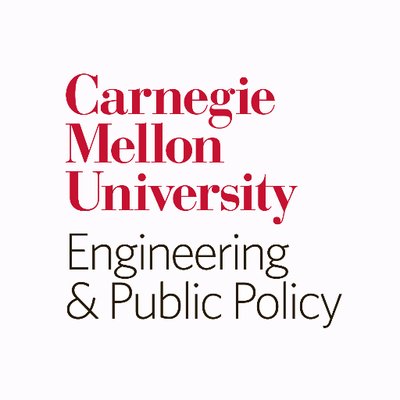Part 1 of 2 Parts
The Bulletin of Atomic Scientists (BAS) publishes a picture of a clockface that shows their estimate of how close we are to midnight which represents global nuclear war. The minute hand has moved back and forth over the years, but it now stands at two minutes to midnight. This means that as far as the BAS is concerned, we are closer to global nuclear war than we have ever been in the history of nuclear weapons.
In the past few years, Russia has been threatening its neighbors with overflights of nuclear bombers and penetration of costal waters by nuclear armed submarines. They have been bragging about all the great new undetectable and unstoppable nuclear weapons they are developing. Other countries who have nuclear weapons have been considering expansions of their arsenals and changes to their policy on the use of nuclear weapons. Some countries without nuclear weapons have been working to develop or acquire them.
There has been much said and written about nuclear weapons, disarmament treaties, danger of accidental war, terrorists attempts to gain nuclear weapons, etc. One subject that does not get enough attention is the fact that companies are making billions of dollars designing and constructing these horrible weapons of destruction,
PAX is a Dutch based peach organization which recently published a report on just how profitable it can be for multinational corporations involved in the nuclear weapons industry. Their report also contains some advice on how the world can remove some of the profit motive for the construction of nuclear weapons.
According to the PAX report, they were able to identify a total of one hundred and sixteen billion dollars-worth of contracts between governments and private contractors who are designing, building and maintaining nuclear arsenals. Actually, there may be much more money in such contracts than that because the nine countries with nuclear arsenals tend not to share a lot of details about their nuclear arsenals and nuclear weapon expenditures.
With this amount of money available for nuclear weapons work, it is no surprise that many defense contractors have the incentive to pressure governments to expand their nuclear arsenals. At a recent conference of investors, a managing director of Cowen Inc, an investment bank asked the CEO of Raytheon, one of the companies in the PAX report, whether the recent exit of the U.S. from the Intermediate-Range Nuclear Forces Treaty (INF) with Russia meant that the next U.S. defense budget would hold big contracts for Raytheon. It appears that Raytheon is already benefitting from our withdrawal from the INF because in a few months of our exit from the treaty, Raytheon was awarded over five hundred million dollars in new contracts.
In the past few years, corporate lobbyists have convinced the U.S. government to commit to a “modernization” of the U.S. nuclear arsenal. This effort began under the Obama administration and continues under the Trump administration. The estimate for this modernization is one trillion two hundred million dollars over the next thirty years. Modernization sounds fairly innocuous, but defense analysts say that some of the anticipated work will make U.S. nuclear warhead delivery much more accurate and deadly. This will, of course, result in Russia spending more money to keep up with us.
Please read Part 2







